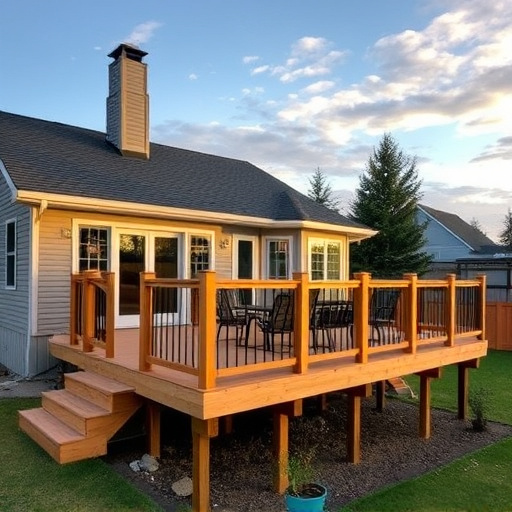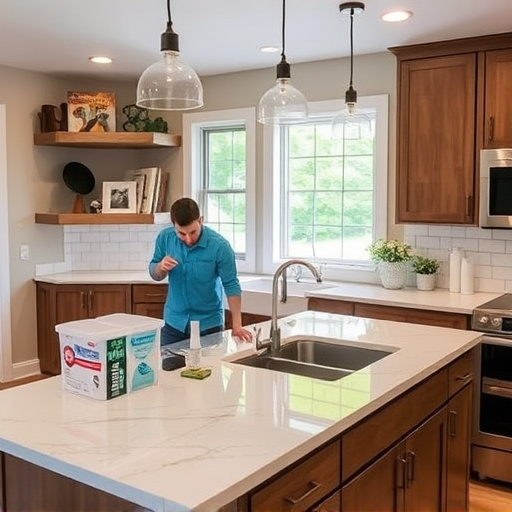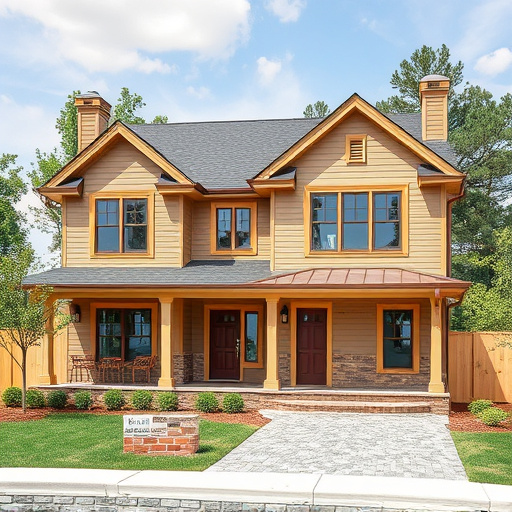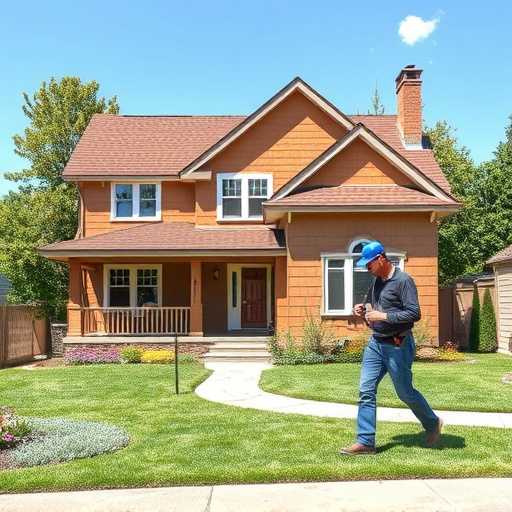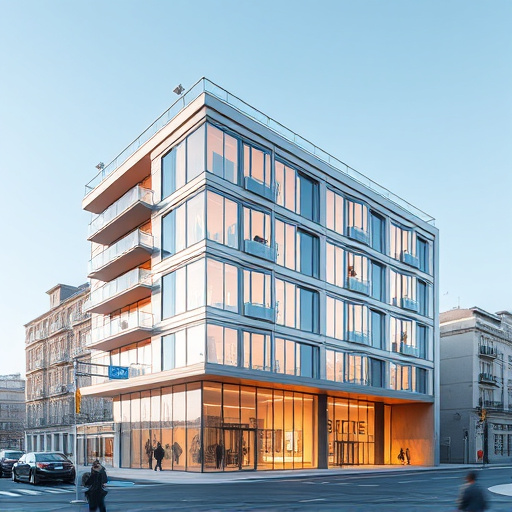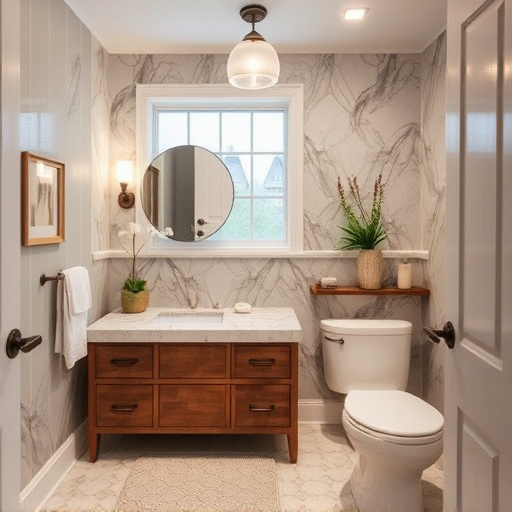Incorporating natural light, greenery (like plants or vertical gardens), and ergonomic features in office design boosts employee well-being. Office design focusing on comfort, collaboration areas for teamwork, and modern technology creates engaging workspaces that enhance productivity and job satisfaction.
In today’s digital era, office design plays a pivotal role in employee wellbeing. This article explores the best features that can transform your workspace into a haven of productivity and happiness. We delve into three key areas: natural light and greenery, which enhance mood and productivity; ergonomic spaces prioritizing physical comfort; and collaborative areas fostering team interaction and creativity. Discover how these elements can revolutionize your office environment.
- Natural Light and Greenery: Enhance Mood and Productivity
- Ergonomic Spaces: Prioritizing Physical Comfort
- Collaborative Areas: Fostering Team Interaction and Creativity
Natural Light and Greenery: Enhance Mood and Productivity
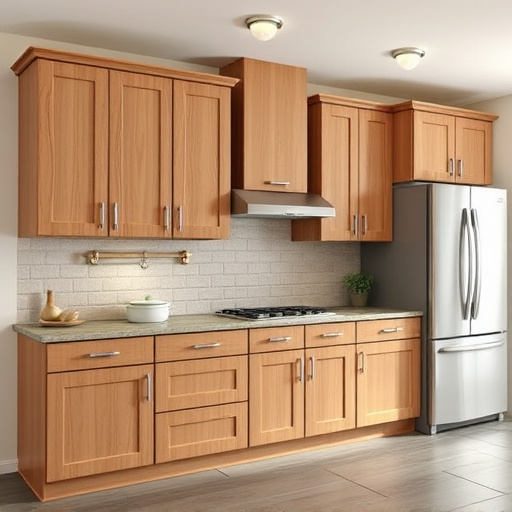
Natural light is a powerful tool in any office design strategy aimed at enhancing employee wellbeing. It’s not just about aesthetics; studies show that exposure to sunlight boosts mood, reduces stress, and increases productivity. Incorporating large windows, skylights, or even strategically placed mirrors can dramatically transform a space from a dull, confined area into a bright, inviting environment. This simple yet effective change can motivate employees, making them feel more connected to the world outside, which is especially beneficial for those working long hours in closed spaces.
Greenery also plays a significant role in office design for employee wellbeing. Plants not only add a touch of nature but also improve air quality by absorbing toxins and releasing oxygen. Incorporating live plants or even vertical gardens into your office space can create a calming atmosphere, fostering a sense of relaxation and focus. It’s like bringing the outdoors inside, offering employees a mental respite from their tasks and contributing to an overall healthier work environment—a concept that home remodeling experts often emphasize when discussing kitchen and bath transformations, where adding natural elements can elevate any space.
Ergonomic Spaces: Prioritizing Physical Comfort
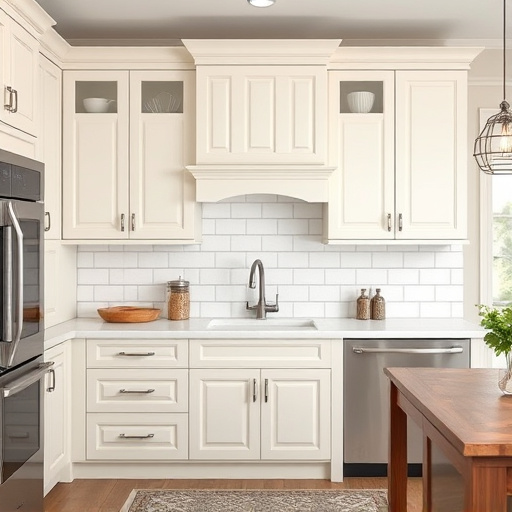
Creating an ergonomically sound office space is a key aspect of modern office design, focusing on employee wellbeing and productivity. Ergonomic furniture and layouts ensure that staff can work comfortably for extended periods, reducing the risk of physical strain and health issues related to poor posture. Adjustable desks, for example, allow employees to change their sitting or standing position throughout the day, promoting better blood circulation and muscle relaxation.
This attention to detail in office design extends beyond workstations. Incorporating features like ergonomic lighting solutions, comfortable seating, and adjustable height shelves can significantly enhance overall workspace comfort. By prioritizing physical comfort through such home remodeling considerations as floor replacements and thoughtful space planning, companies contribute to a healthier, happier workforce, leading to increased satisfaction and improved performance.
Collaborative Areas: Fostering Team Interaction and Creativity
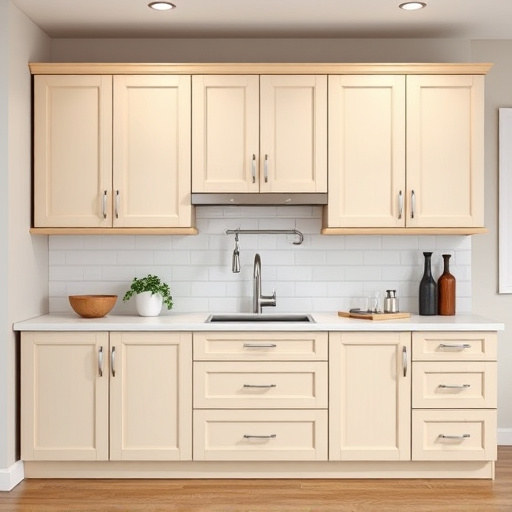
In today’s dynamic work environment, office design plays a crucial role in fostering team interaction and creativity. Collaborative areas, designed with comfort and functionality in mind, are essential elements that can significantly enhance employee wellbeing. Spaces that encourage informal gatherings, brainstorming sessions, and cross-functional projects create an atmosphere where ideas flourish and connections deepen. These dedicated zones, equipped with versatile furniture, state-of-the-art technology, and even small amenities like kitchen renovations or interior painting touches, serve as hubs for organic collaboration.
By integrating these design features, organizations can move beyond traditional cubicle setups and cultivate a more engaging, inspiring workplace. Collaborative areas not only facilitate knowledge sharing but also promote social bonds among team members. Moreover, they cater to diverse work styles and preferences, ensuring that every employee feels valued and empowered to contribute, ultimately driving higher productivity and job satisfaction.
An optimal office design goes beyond aesthetics; it prioritizes employee wellbeing, fostering a productive and collaborative environment. By incorporating natural light and greenery, ergonomic spaces, and dedicated collaborative areas, businesses can create a symphony of comfort and creativity that enhances job satisfaction and overall productivity. These features transform the traditional office landscape into a vibrant, supportive space where folks can thrive.




